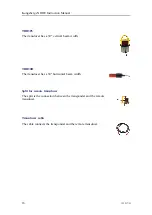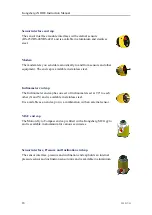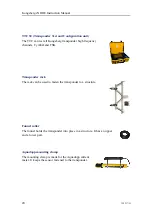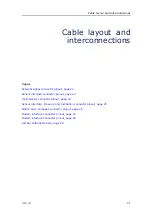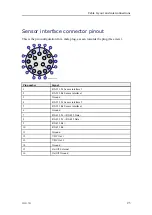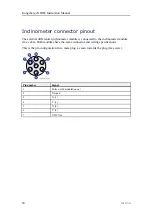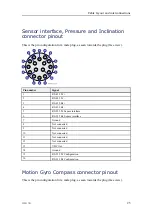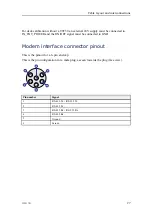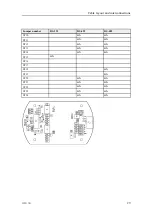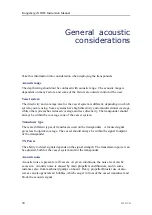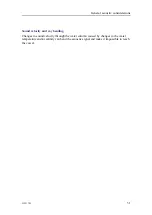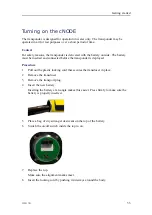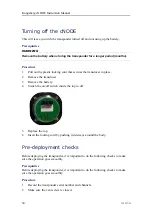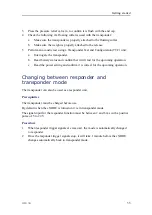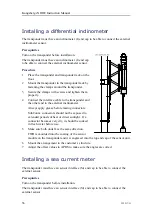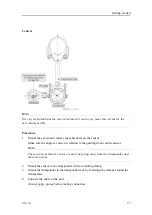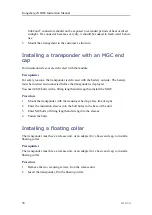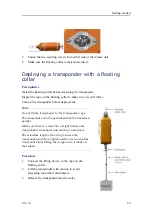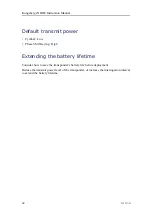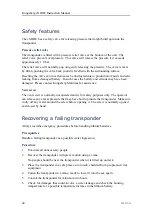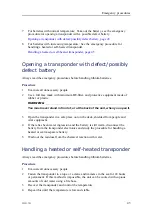
30
322217/G
General acoustic
considerations
Take this information into consideration when deploying the transponders.
Acoustic range
The depth rating should not be confused with acoustic range. The acoustic range is
dependent on many factors, and some of the factors are outside control of the user.
Vessel system
The directivity and coverage area for the vessel system is different, depending on which
system you are using. Some systems have high directivity and omnidirectional coverage,
while other systems has reduced coverage and less directivity. The transponder should
always be within the coverage cone of the vessel system.
Transducer type
There are different types of transducers used on the transponders. A focused signal
gives less footprint/coverage. The vessel should always be within the signal footprint
of the transponder.
TX Power
The ability to detect signals depends on the signal strength. The transmission power can
be adjusted, both for the vessel system and for the transponder.
Acoustic noise
Acoustic noise is present at all vessels. At given conditions, the noise level can be
excessive. Acoustic noise is caused by main propellers and thrusters, and in some
instances also from machinery/pumps on board. Heavy propeller/thruster use or also
waves can also generate air bubbles, which can get in front of the vessel transducer and
block the acoustic signal.
Kongsberg cNODE Instruction Manual
Содержание cNODE Maxi
Страница 1: ...Instruction Manual cNODE Maxi and Midi Transponders Medium Frequency 4000 metres ...
Страница 2: ......
Страница 69: ...322217 G 67 Differential inclinometer arrangement drawing About drawings ...
Страница 70: ...68 322217 G Current meter arrangement drawing Kongsberg cNODE Instruction Manual ...
Страница 98: ... 2019 Kongsberg Maritime ...

